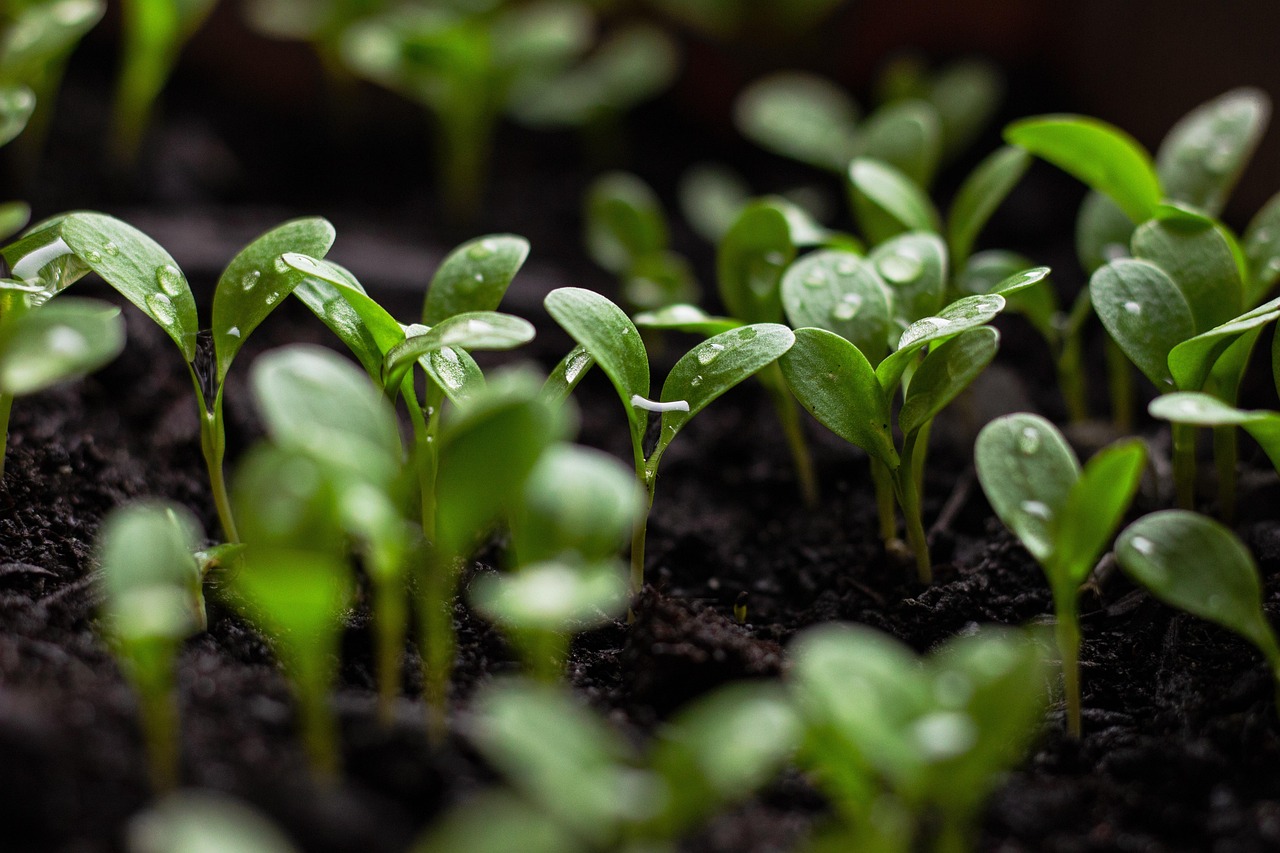
When most people think of gardening, spring immediately comes to mind — warm days, blossoming flowers, and the first green shoots of vegetables. But in Zone 9, fall holds a different kind of magic. Here, the mild climate and extended growing season create a golden opportunity to plant crops and flowers that will thrive while other gardeners pack up for the year.
If you’ve ever wondered why some Zone 9 gardens explode with color in early spring or produce vegetables with richer flavors, the answer often lies in strategic fall planting. Done right, autumn planting can give your garden a head start, improve yields, and reduce pest problems. But the real magic is in the details — the little timing tricks and soil secrets that separate average gardens from spectacular ones.
So, what are the insider techniques for bigger blooms and tastier veggies in Zone 9? Let’s dig in.
Understanding Zone 9’s Fall Advantage
Zone 9 is blessed with mild winters and long growing seasons. Temperatures rarely drop low enough to damage cool-season crops, and frost — if it happens at all — is usually brief. This means you can plant earlier in fall and keep harvesting well into winter.
The Climate Factor
- Mild Winters: No harsh freezes to kill tender plants.
- Extended Growing Season: Perfect for succession planting and overlapping crops.
- Consistent Sunlight: Enough daylight hours to encourage steady growth.
Why Fall Planting Works Better Here
In cooler climates, fall is a race against frost. But in Zone 9, it’s a slow burn of perfect growing conditions. Warm soil temperatures help seeds germinate faster, while cooler nights reduce plant stress. This combination leads to stronger roots, fewer pests, and — most importantly — more flavorful vegetables and vibrant flowers.
Timing is Everything
Planting too early means fighting summer heat; planting too late means slower growth. Your goal is to align planting dates with optimal soil and air temperatures.
Best Planting Windows for Zone 9
- Early Fall (September to Early October):
Great for heat-tolerant crops like peppers, eggplants, zinnias, and marigolds. - Mid-Fall (Mid-October to November):
Ideal for leafy greens, carrots, broccoli, and cool-season flowers like pansies. - Late Fall (December to January):
Time for hardy greens, garlic, onions, and root crops.
Pro Tip: Use a soil thermometer. Many cool-season vegetables germinate best between 50°F and 75°F.
Soil Prep Secrets for Bigger Blooms & Tastier Veggies
Healthy soil is the foundation of everything in the garden. In Zone 9, fall is the perfect time to refresh beds for maximum growth.
Start with a Clean Slate
Before planting, remove spent summer plants and weeds. This prevents pests and diseases from overwintering in your beds.
Boost with Organic Matter
Adding compost or aged manure in fall allows nutrients to break down slowly over winter, feeding your plants steadily in spring.
Why Soil pH Matters
Different plants prefer different pH levels:
- Flowers like marigolds and zinnias: Slightly acidic to neutral (6.0–7.0)
- Vegetables like lettuce and carrots: Neutral (6.5–7.0)
- Root crops: Slightly acidic (6.0–6.8)
Test your soil, then amend with lime (to raise pH) or sulfur (to lower pH).
Choosing the Right Fall Crops in Zone 9
Knowing what to plant is half the battle.
For Bigger Blooms
- Pansies: Thrive in cool weather and burst into early spring color.
- Calendulas: Hardy and long-blooming.
- Snapdragons: Strong stems and vibrant colors.
- Sweet Peas: Fragrant and beautiful — plant in late fall for spring blooms.
H2: For Tastier Veggies
- Leafy Greens: Spinach, kale, Swiss chard — sweeter after cool nights.
- Root Crops: Carrots, beets, radishes — develop richer flavor in cooler weather.
- Brassicas: Broccoli, cauliflower, Brussels sprouts — pest pressure is lower in fall.
- Alliums: Garlic, onions, leeks — plant in late fall for spring harvest.
Watering Strategies for Fall
In Zone 9, fall rains can be unpredictable. Water deeply but less often to encourage roots to grow downward.
H2: Smart Irrigation Tips
- Morning Watering: Prevents fungal issues.
- Mulch to Lock in Moisture: Use straw or shredded leaves.
- Adjust for Rain: Turn off irrigation after heavy rainfall to avoid waterlogging.
Pest and Disease Control in Fall
Fewer pests in fall doesn’t mean none at all.
Common Fall Garden Pests
- Aphids on leafy greens.
- Cabbage worms on brassicas.
- Snails & slugs after rainy spells.
Quick Fix: Encourage beneficial insects like ladybugs and lacewings, and hand-pick pests early.
The Secret Weapon — Succession Planting
In Zone 9, you can keep your garden producing for months by staggering plantings.
How It Works
Instead of planting all seeds at once, sow small batches every 2–3 weeks. This ensures a steady supply of blooms and harvests instead of one big glut.
Quick-Start Checklist for Zone 9 Fall Planting
- Check Planting Dates — Match crop to the right fall window.
- Prepare Beds — Remove weeds, add compost, adjust pH.
- Choose Your Crops — Mix flowers and vegetables for diversity.
- Plant in Intervals — Use succession planting for extended yields.
- Mulch & Water — Maintain moisture and protect roots.
- Watch for Pests — Deal with problems early.
